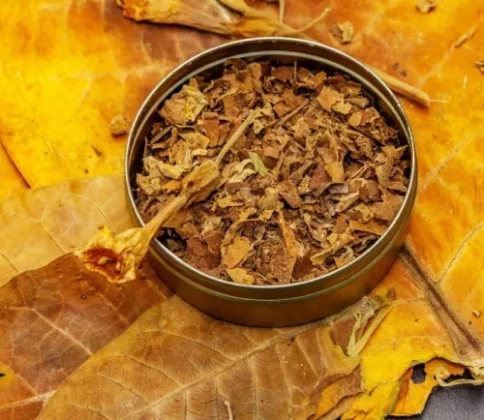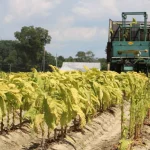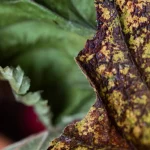How to dry tobacco leaves as an important process in the production of tobacco products has a long history and has been done in different ways throughout history. The native method of the natives Before the arrival of the Europeans in America, the native Americans had developed the primitive methods of drying tobacco leaves. This involved hanging whole tobacco leaves outdoors or placing them next to a fire.
Harvest tobacco leaves at sunrise or in cool, humid weather. This time creates the best conditions to maintain the quality of the leaves.
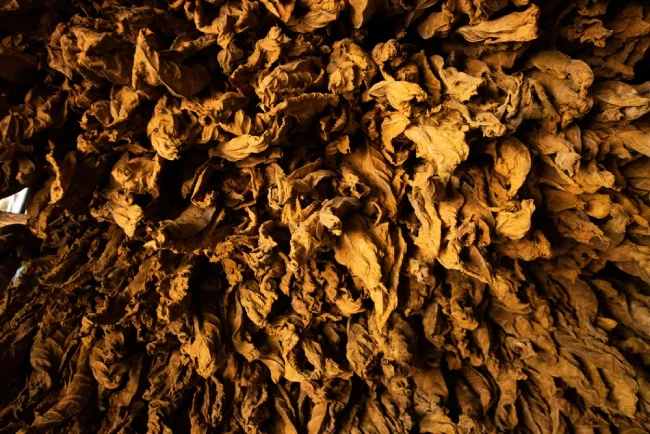
History of tobacco leaf drying
In the late 19th and early 20th centuries, drying methods were developed using wood or steam ovens that allowed for temperature and humidity control. In the 1930s and 1940s, the use of mechanical ventilation and forced air flow systems for drying tobacco leaf became popular, which improved the speed and control of the process.
Application of modern technologies, today with the advancement of technology, mechanized and automatic drying methods using computer systems and advanced sensors are being developed.
Different methods of drying tobacco leaves
After growing and maintaining tobacco leaves, regarding how to dry tobacco leaves, it should be noted that tobacco leaves should be harvested when they are fully ripe and dark green in color. This time is usually the middle of the plant’s growing season. Harvesting is better in the early morning or at sunset because the air humidity is higher.
The leaves are carefully separated from the stem and they form bunches with a diameter of 10-15 cm. Leaves can be sorted by size and maturity to make the drying process more uniform. Or you can separate the leaves with the stem. It varies according to how the tobacco leaf is dried.
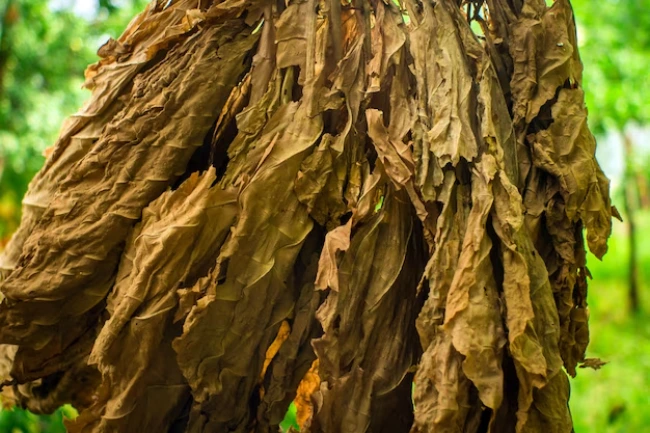
How to hang dry
How to dry tobacco leaves With the introduction of tobacco cultivation to the European colonies in America in the 17th century, the method of hanging leaves in special warehouses or halls spread.
Freshly harvested leaves are cut and sorted, each batch should include leaves of the same size and maturity.
The leaves are placed in hanging bunches in a dark, dry and well-ventilated environment, which is basically a warehouse or a special shed. The ideal temperature is 25-30 degrees Celsius and relative humidity is 60-70%.
Check the leaves regularly and increase the air flow if needed to speed up the process. Also, contact of the leaves with direct sunlight should be avoided. Depending on the environmental conditions, it takes about 4 to 8 weeks for the leaves to dry completely.
Drying in the oven or oven
How to dry tobacco leaves in this method is faster than hanging drying. The leaves are placed in a furnace or oven at a temperature of 60-70 degrees Celsius to dry within 1-2 days. Care should be taken that the temperature does not rise above this limit so that the leaves do not burn. It is usually done at home.
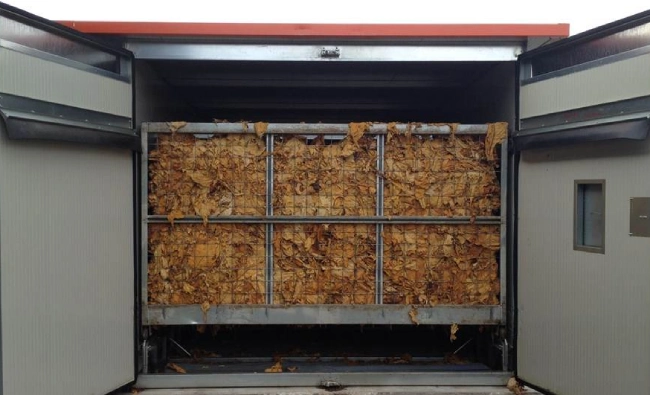
drying by fire smoke
How to dry tobacco leaves in this method, the leaves are hung in a warehouse or shed, and through the smoke of the fire, which is set on fire by sticks on the floor of the warehouse and covered by sawdust, and the resulting smoke causes the tobacco leaves to dry. It usually takes 4 to 6 days. In this method, according to the smoke that reaches the leaves from burning wood, the tobacco leaves are flavored.
Dry using an air compressor
How to dry tobacco leaves In this method, the leaves are placed in racks where hot and dry air flows through the compressor. This method is fast and controlled, but requires special equipment and more cost. The color of tobacco in this method is golden yellow. It is possible to control the temperature and humidity in this method.
How to dry tobacco leaves, different methods are offered in different regions of the world according to weather conditions. From the traditional methods that are still popular in eastern countries to modern methods, it is putting it inside the compressor or dryer. The taste and color of tobacco varies with each drying method.

